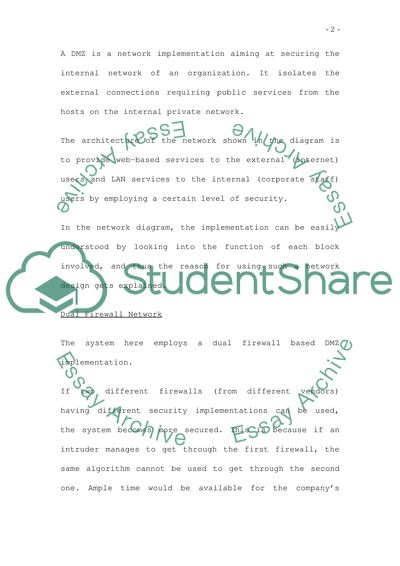Cite this document
(Network security Case Study Example | Topics and Well Written Essays - 1500 words, n.d.)
Network security Case Study Example | Topics and Well Written Essays - 1500 words. https://studentshare.org/information-technology/1715773-network-security
Network security Case Study Example | Topics and Well Written Essays - 1500 words. https://studentshare.org/information-technology/1715773-network-security
(Network Security Case Study Example | Topics and Well Written Essays - 1500 Words)
Network Security Case Study Example | Topics and Well Written Essays - 1500 Words. https://studentshare.org/information-technology/1715773-network-security.
Network Security Case Study Example | Topics and Well Written Essays - 1500 Words. https://studentshare.org/information-technology/1715773-network-security.
“Network Security Case Study Example | Topics and Well Written Essays - 1500 Words”. https://studentshare.org/information-technology/1715773-network-security.


